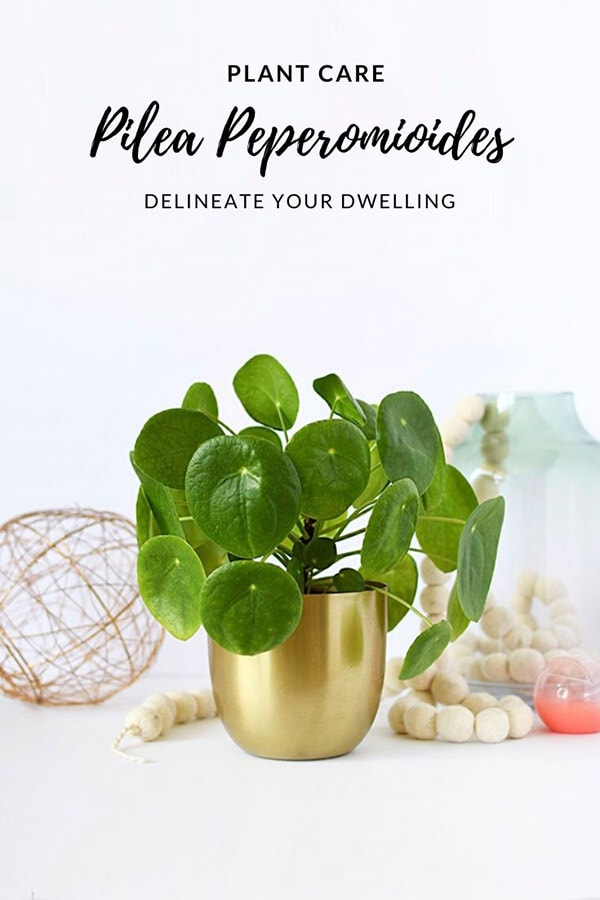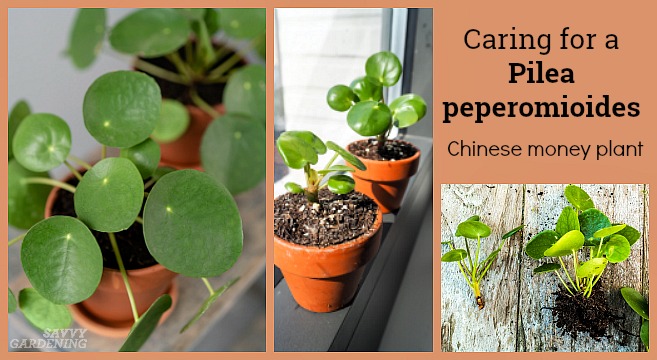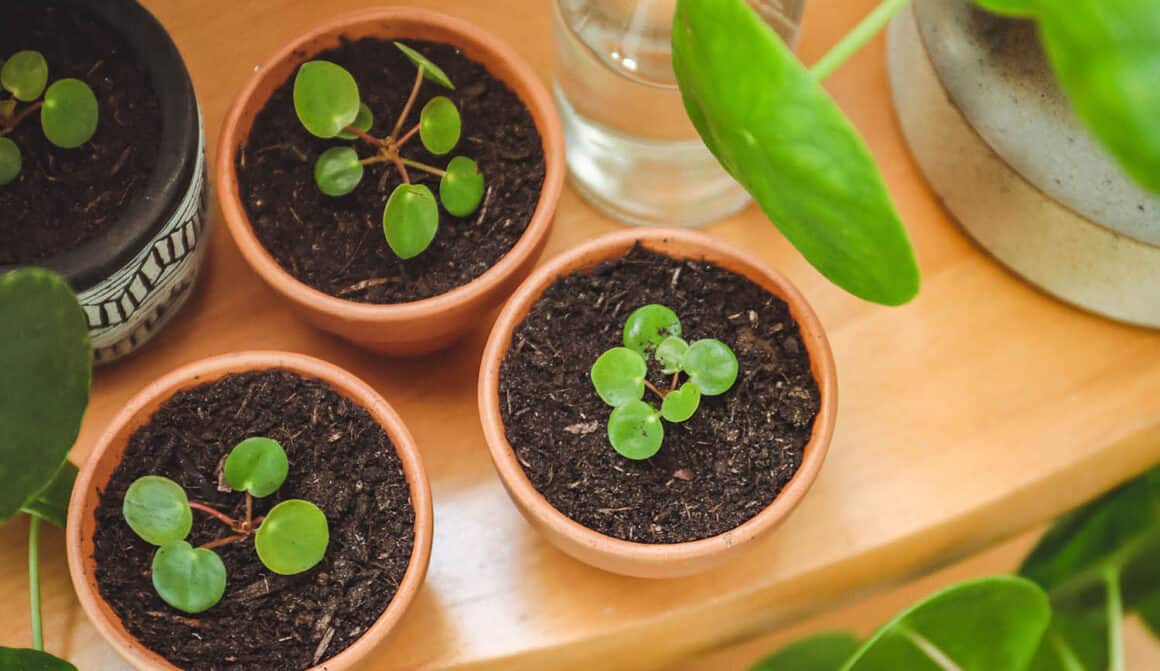Unlocking the Secrets to a Happy and Healthy Pilea
The Pilea plant, also known as the Friendship Plant, has gained immense popularity in recent years due to its unique characteristics and low-maintenance requirements. Native to China, this plant has been a favorite among plant enthusiasts for centuries. With its round, coin-shaped leaves and delicate white flowers, it’s no wonder why the Pilea plant has become a staple in many indoor gardens. However, to keep your Pilea plant thriving, it’s essential to understand the basics of how to care for a Pilea plant.
Proper care and maintenance are crucial for a Pilea plant to flourish. This includes providing the right environment, watering, fertilizing, and pruning. By following these simple steps, you can enjoy the many benefits of having a Pilea plant in your home, including air purification, stress reduction, and a touch of natural beauty. In this article, we’ll delve into the world of Pilea plant care, exploring the best practices for keeping your plant happy and healthy.
Whether you’re a seasoned plant enthusiast or a beginner, learning how to care for a Pilea plant is a rewarding experience. With its adaptability to different environments and low-maintenance requirements, the Pilea plant is an ideal choice for anyone looking to bring some greenery into their home. By understanding the needs of your Pilea plant, you can create a thriving and harmonious relationship between you and your plant. So, let’s dive into the world of Pilea plant care and explore the secrets to a happy and healthy plant.
Lighting and Temperature: Finding the Sweet Spot for Your Pilea
When it comes to providing the right environment for your Pilea plant, lighting and temperature are two crucial factors to consider. To keep your Pilea plant happy and healthy, it’s essential to understand the ideal lighting and temperature conditions. Bright, indirect light is perfect for Pilea plants, as direct sunlight can cause the leaves to become scorched. East- or west-facing windows are ideal for Pilea plants, as they provide gentle, indirect light.
In terms of temperature, Pilea plants prefer temperatures between 65-75°F (18-24°C). Avoid placing your Pilea plant near heating or cooling vents, fireplaces, or drafty windows, as sudden temperature fluctuations can cause stress to the plant. By maintaining a consistent temperature, you can help promote healthy growth and prevent common problems. When learning how to care for a Pilea plant, it’s essential to remember that temperature and lighting conditions can affect the plant’s overall health and well-being.
To adjust lighting and temperature to suit your Pilea’s needs, consider using sheer curtains or blinds to filter direct sunlight. You can also use a thermometer to monitor the temperature in your home and adjust the placement of your Pilea plant accordingly. By providing the right lighting and temperature conditions, you can create a thriving environment for your Pilea plant to flourish.
Watering Wisdom: How to Hydrate Your Pilea Without Overdoing It
Watering is a crucial aspect of how to care for a Pilea plant. Overwatering and underwatering are two common mistakes that can lead to root rot, leaf drop, and other problems. To avoid these issues, it’s essential to understand the watering needs of your Pilea plant. Check the soil moisture by sticking your finger into the soil up to the first knuckle. If the soil feels dry, it’s time to water. If it’s already moist, wait a few more days before watering again.
Water your Pilea plant thoroughly, making sure the pot drains well to prevent waterlogged soil. Allow the top 1-2 inches of soil to dry out between waterings. This will help prevent root rot and ensure your Pilea plant receives the right amount of moisture. Humidity levels also play a role in watering. If your home is particularly dry, you may need to water your Pilea plant more frequently.
Another way to determine if your Pilea plant needs water is to check the leaves. If they start to droop or become limp, it’s likely the plant needs a drink. On the other hand, if the leaves are perky and firm, you can wait a few more days before watering. By paying attention to these signs and adjusting your watering schedule accordingly, you can provide your Pilea plant with the right amount of moisture to thrive.
Fertilization and Pruning: Giving Your Pilea a Nutrient Boost
Fertilizing your Pilea plant is an essential part of how to care for a Pilea plant. A balanced fertilizer can provide your Pilea with the necessary nutrients for healthy growth and development. Look for a fertilizer that is specifically formulated for indoor plants and contains a balanced mix of nitrogen, phosphorus, and potassium. Dilute the fertilizer to half the recommended strength to avoid burning your Pilea’s roots.
Apply the fertilizer once a month during the growing season (spring and summer) and skip fertilizing during the dormant season (fall and winter). You can also use a fertilizer specifically formulated for Pilea plants, which may contain additional nutrients such as iron and magnesium. Pruning is also an essential part of Pilea plant care. Prune your Pilea plant regularly to maintain its shape and promote healthy growth.
Remove any dead or damaged leaves or stems, and cut back overgrown branches to encourage new growth. Pruning also helps to prevent your Pilea plant from becoming leggy and promotes a fuller, more compact shape. By fertilizing and pruning your Pilea plant regularly, you can provide it with the necessary nutrients and maintenance for healthy growth and development.
Soil and Potting: Creating the Perfect Environment for Your Pilea
When it comes to how to care for a Pilea plant, the right soil and potting mix are crucial for healthy growth and development. A well-draining potting mix is essential to prevent waterlogged soil and root rot. Look for a potting mix that contains ingredients such as perlite, vermiculite, or sand, which help to improve drainage and aeration.
Avoid using regular garden soil, as it can compact and prevent proper drainage. Instead, choose a potting mix specifically designed for indoor plants. When selecting a pot, choose one that is slightly larger than the plant’s current pot. This will give the roots room to grow and help prevent the soil from becoming too wet.
Consider using a pot made from a breathable material, such as terracotta or ceramic, which allows for air exchange and can help prevent root rot. Avoid using plastic pots, as they can retain too much moisture and cause root rot. By using the right soil and potting mix, you can create a healthy and thriving environment for your Pilea plant.
Pest Control and Common Problems: Troubleshooting Your Pilea
Despite their hardiness, Pilea plants can be susceptible to pests and common problems. Spider mites, mealybugs, and scale are common pests that can infest Pilea plants. To prevent infestations, inspect your plant regularly and treat any issues promptly. Use insecticidal soap or neem oil to control infestations, and make sure to follow the product’s instructions carefully.
Root rot is another common problem that can affect Pilea plants. This is often caused by overwatering, which can lead to root decay and plant death. To prevent root rot, make sure to water your Pilea plant carefully, and avoid getting water on the leaves or crown of the plant. If you suspect root rot, repot your Pilea plant in fresh, well-draining soil, and prune any affected roots.
Other common problems that can affect Pilea plants include leaf drop, yellowing leaves, and slow growth. These issues can often be caused by environmental factors, such as low light, high temperatures, or dry air. To address these issues, adjust your Pilea plant’s environment accordingly, and make sure to provide the right conditions for healthy growth.
Propagation and Repotting: Sharing Your Pilea Love with Friends and Family
Propagation is a great way to share your Pilea plant with friends and family, and it’s also a good way to keep your plant healthy and thriving. There are several ways to propagate a Pilea plant, including stem cuttings, leaf cuttings, and division. Stem cuttings are a popular method of propagation, and they can be taken from the tips of the stems or from the nodes where the leaves meet the stem.
To take a stem cutting, cut a section of stem from the plant, making sure to include at least two nodes. Remove any lower leaves and plant the cutting in a pot filled with a well-draining mix. Water the cutting thoroughly and keep the soil moist until roots develop. Leaf cuttings can also be used to propagate a Pilea plant, and they can be taken from the leaves of the plant. Simply cut a leaf from the plant, remove any lower leaves, and plant the cutting in a pot filled with a well-draining mix.
Division is another method of propagation, and it involves dividing the roots of the plant to create new plants. This method is best done in the spring or summer when the plant is actively growing. To divide a Pilea plant, carefully remove the plant from its pot and gently separate the roots. Replant the separated roots in a new pot filled with a well-draining mix, and water thoroughly.
Conclusion: Enjoying the Rewards of Pilea Plant Parenthood
With the right care and attention, a Pilea plant can bring joy and beauty to any room. By following the tips and guidelines outlined in this article, you can learn how to care for a Pilea plant and enjoy the many rewards of Pilea plant parenthood. From its unique, coin-shaped leaves to its low-maintenance requirements, the Pilea plant is a great choice for anyone looking to add some greenery to their home.
Whether you’re a seasoned plant enthusiast or just starting out, the Pilea plant is a great choice for anyone looking to learn how to care for a houseplant. With its adaptability to different environments and its ability to thrive in a variety of conditions, the Pilea plant is a great choice for anyone looking to add some greenery to their home.
By following the tips and guidelines outlined in this article, you can learn how to care for a Pilea plant and enjoy the many rewards of Pilea plant parenthood. So why not give it a try? With a little care and attention, you can enjoy the beauty and benefits of a thriving Pilea plant.



:max_bytes(150000):strip_icc()/kararileypilea-16-28ccb7806a06416db3a066ff6bab318f.jpg)



